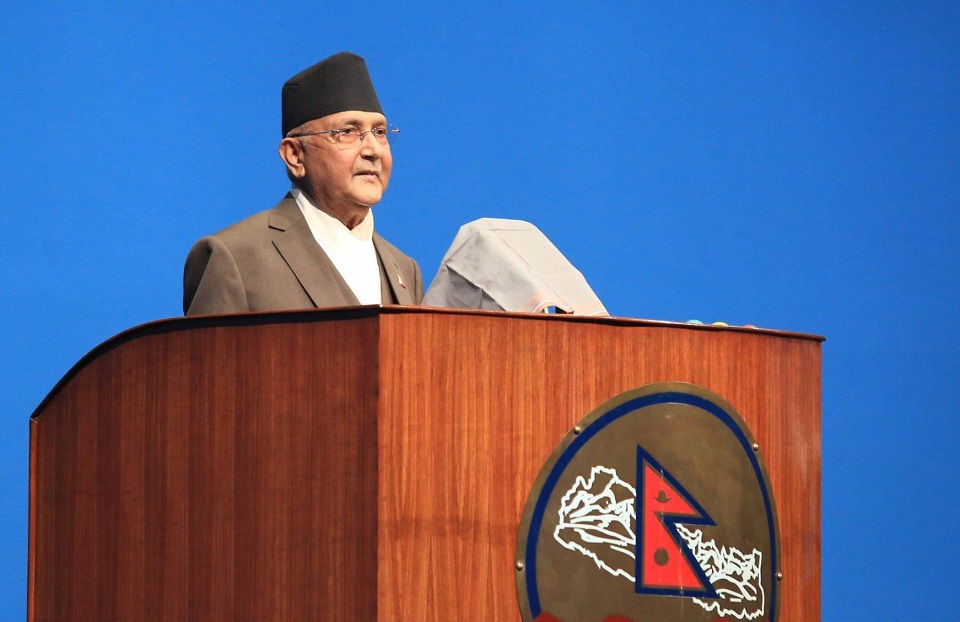In a move that has reignited longstanding territorial disputes, the Nepal government announced that it will issue new 100 Nepalese rupees notes featuring a map that includes Lipulekh, Limpiyadhura, and Kalapani—areas currently administered by India but claimed by Nepal.
Nepal’s New Currency, Old Disputes
This decision, approved during cabinet meetings on April 25 and May 2, was made public by Minister of Communication, Rekha Sharma, following direct approval from Prime Minister Pushpakamal Dahal ‘Prachanda’. This provocative action by Nepal has brought the spotlight back on a sensitive issue that has seen much diplomatic back-and-forth over the years.

Historical Context of the Dispute
The controversy over these territories dates back to historical treaty interpretations and cartographic disagreements, rooted in the ambiguities of the Sugauli Treaty signed between the British East India Company and the Kingdom of Nepal in 1816. The areas in question are strategically located at the tri-junction of India, Nepal, and China, making them geopolitically sensitive. Despite several rounds of talks and diplomatic efforts, the exact delineation of the border remains unresolved, with both countries holding onto their claims supported by different historical maps and documents.

Nepal’s Bold Assertion
On May 3, 2024, the Nepali government confirmed the redesign of their Rs 100 note to include the disputed territories in its official map, marking a bold assertion of national identity and sovereignty. This unilateral move follows a similar strategy adopted in June 2020 when the Nepali Parliament amended the country’s constitution to include these territories in their political map, a decision India had termed “unilateral” and “not based on historical facts or evidence.” The move reflects a growing trend in Nepal’s domestic politics where nationalistic sentiments often translate into assertive foreign policy decisions, particularly regarding border issues with its larger neighbor.

India’s Response
India has maintained a firm stance that the realignment of the currency does not alter the status quo of the regions in question. External Affairs Minister S. Jaishankar emphasized that such unilateral actions are not tenable and do not change the on-ground realities. He reiterated India’s commitment to resolving boundary issues through established bilateral mechanisms, expressing concern over the timing and nature of Nepal’s decision, which could potentially derail ongoing diplomatic efforts aimed at amicably resolving the territorial disputes.

Economic and Diplomatic Implications
This decision might strain the otherwise improving relations between the two countries, affecting not only diplomatic interactions but also economic ties. Trade, tourism, and energy cooperation could face setbacks if tensions escalate. Both nations have historically benefitted from open borders and cooperative agreements that are vital for regional stability. Additionally, this move could deter foreign investment and impact several cross-border infrastructure projects that are currently underway, further complicating economic relations.

Potential Regional Impact
The inclusion of disputed territories in new currency note could also have broader regional implications, involving China. The area’s strategic significance to China adds another layer of complexity to the already delicate bilateral relations between two neighbours. Analysts suggest that external influences, particularly from China, might be playing a role in Nepal’s renewed claims, as China seeks to extend its influence in South Asia through infrastructure projects and diplomatic engagements with smaller regional countries like Nepal.

Looking Forward
As old Neighbour proceeds with its plan to issue the new currency, the international community watches closely. The move serves as a significant symbolic gesture to assert Nepal’s claims, but it also risks derailing the progress made in diplomatic talks. The future of India-Nepal relations hangs in a delicate balance, with both nations standing at a crossroads that could define their bilateral engagements for years to come. The path forward will likely require a renewed focus on diplomacy, with international mediation potentially playing a role in resolving these age-old disputes in a manner that preserves peace and stability in the region.
In conclusion, while the decision to include disputed territories on its new 100 rupee note marks a bold assertion of sovereignty, it brings with it a raft of challenges that could impact bilateral relations and regional stability. It is a reminder of the lingering and unresolved disputes that continue to challenge South Asian geopolitics.




1 Comment
Pingback: Police Arrests MBA Holder and Engineering Grad for Fake Currency Printing - INPAC Times